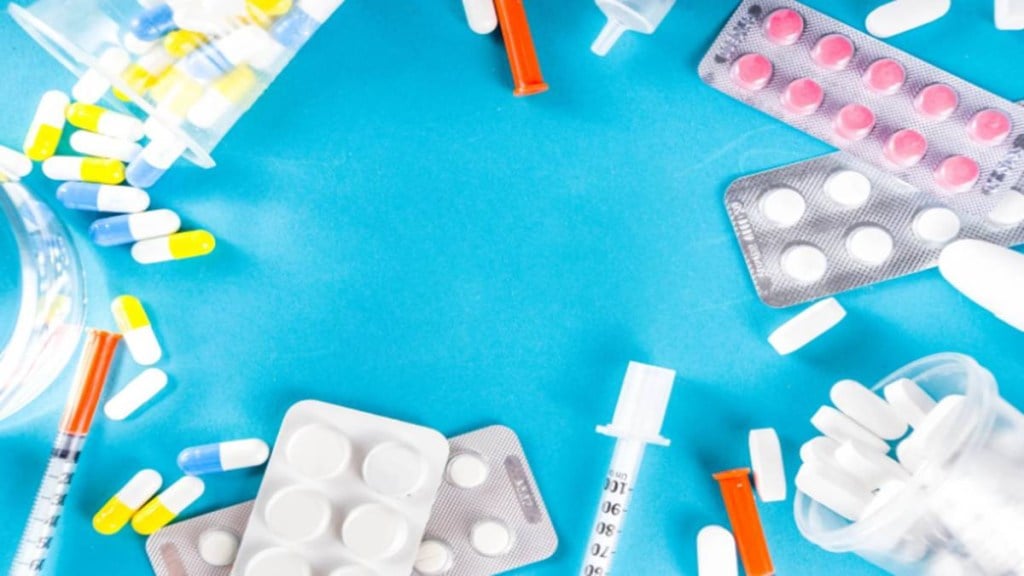The new system under the Goods and Services Tax (GST) allowing 90% provisional refund to be released quickly in all low-risk cases has given a huge relief to the pharma and MedTech sectors.
By amending rule 91(2) of CGST Rules, 2017, the government has made it easier for companies in these two sectors to get tax refunds without long delays. The industry players said that the move will ease the working capital constraints for both the sectors, thereby stimulating domestic manufacturing.
What did Viranchi Shah say?
“Our inputs are taxed at 18% whereas the formulations have a GST rate of 5%. This leads to the accumulation of duties which affect the working capital, especially hurting the MSMEs. The new system will resolve the issue,” said Viranchi Shah, spokesperson of Indian Drug Manufacturers Association (IDMA).
On October 3, the finance ministry issued a circular that provided instructions to process the refund claims. As per the circular, 90% of refund claims can be sanctioned on a provisional basis by the proper officer on the basis of identification and evaluation of risk by the system. Under the instruction, if a tax officer decides not to give the 90% provisional refund, he or she must clearly record the reasons in writing. This, according to the industry, will bring more transparency and fairness to the refund process.
What did Rajiv Nath say?
Rajiv Nath, forum coordinator at Association of Indian Medical Device Industry (AiMeD), said that GST 2.0 should also take into account input services and capital goods in the refund process. “Modern supply chains rely on spending on technology, machinery, logistics, rentals, and specialised services. There’s a need to enable refunds of input tax credit (ITC) paid at 18% on services like rentals, logistics, warehousing, quality assurance, and outsourced processes to maintain neutrality. Also, ITC refunds should be allowed on machinery and equipment, recognising their long lifespan and capital intensity,” he said.
In early September, the government slashed GST rates on all pharmaceutical formulations from 12% to 5%. Exemptions were also provided for 33 lifesaving drugs where the tax rates were brought down from 12% to zero in addition to exempting three more critical medicines that are used to treat cancer, rare and chronic diseases from 5% to nil.

